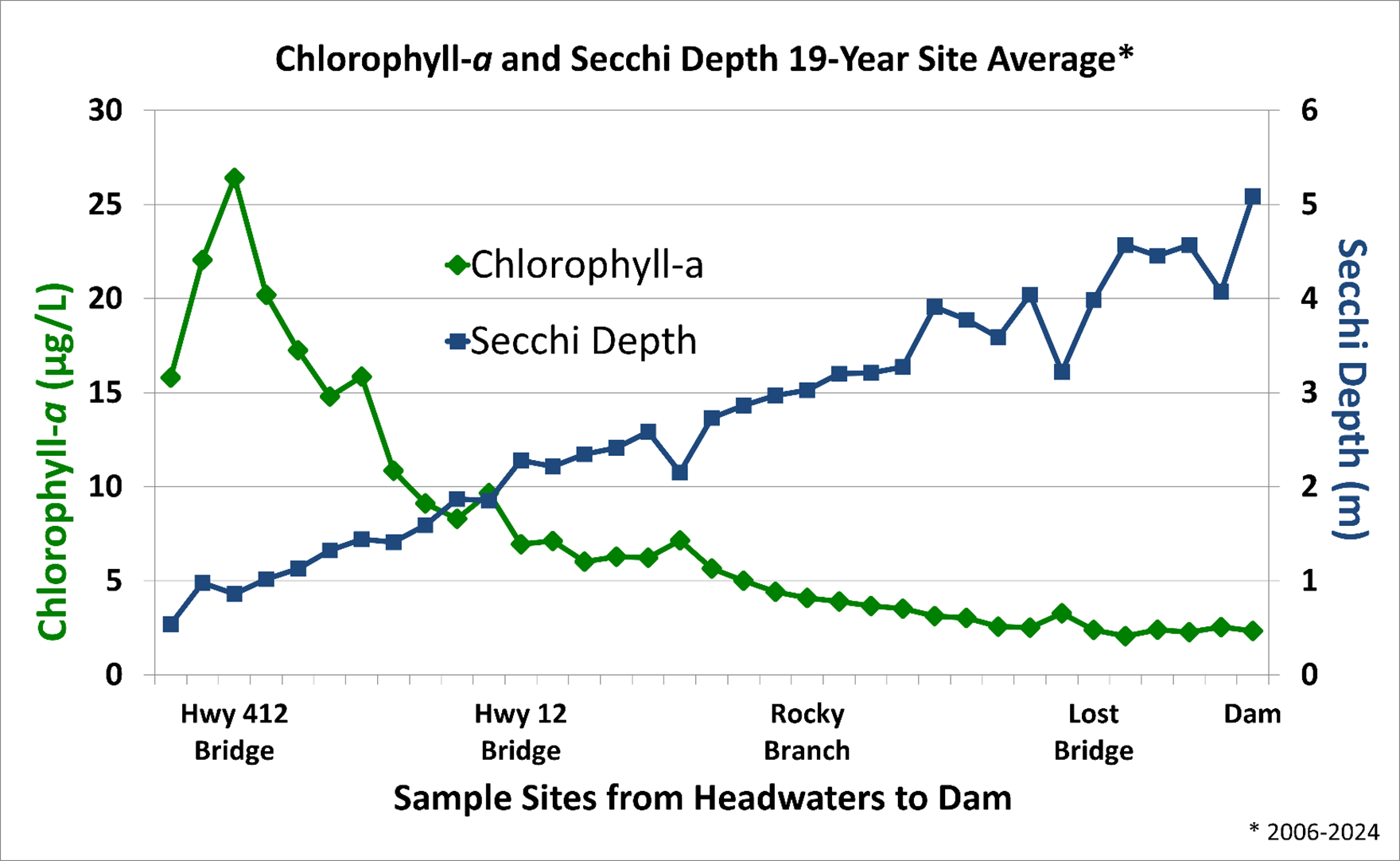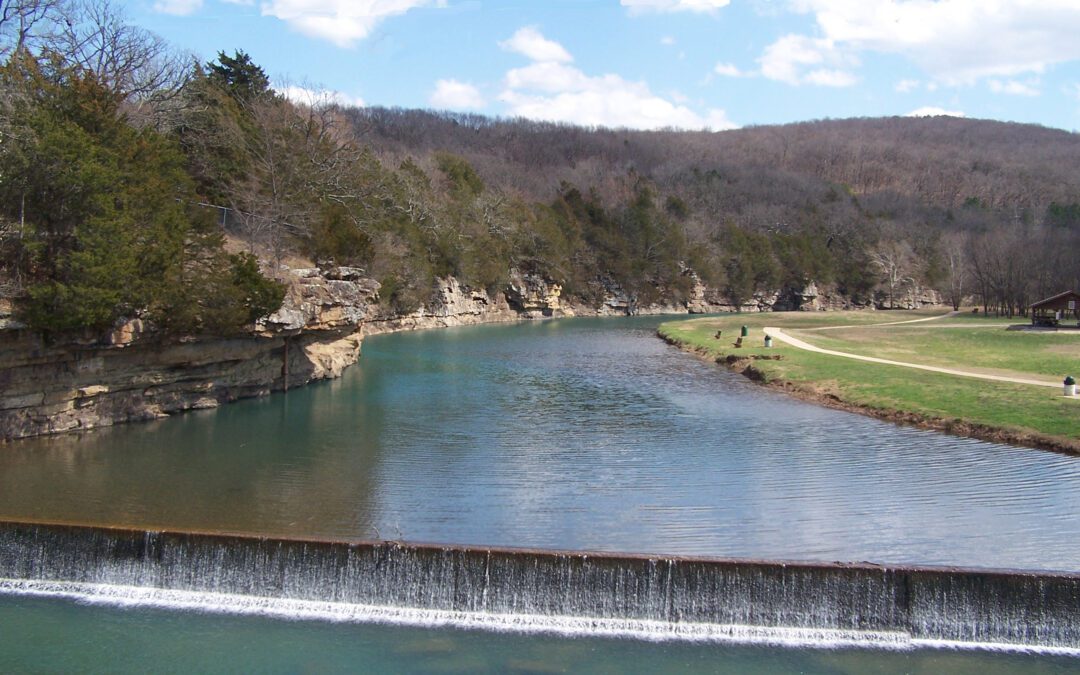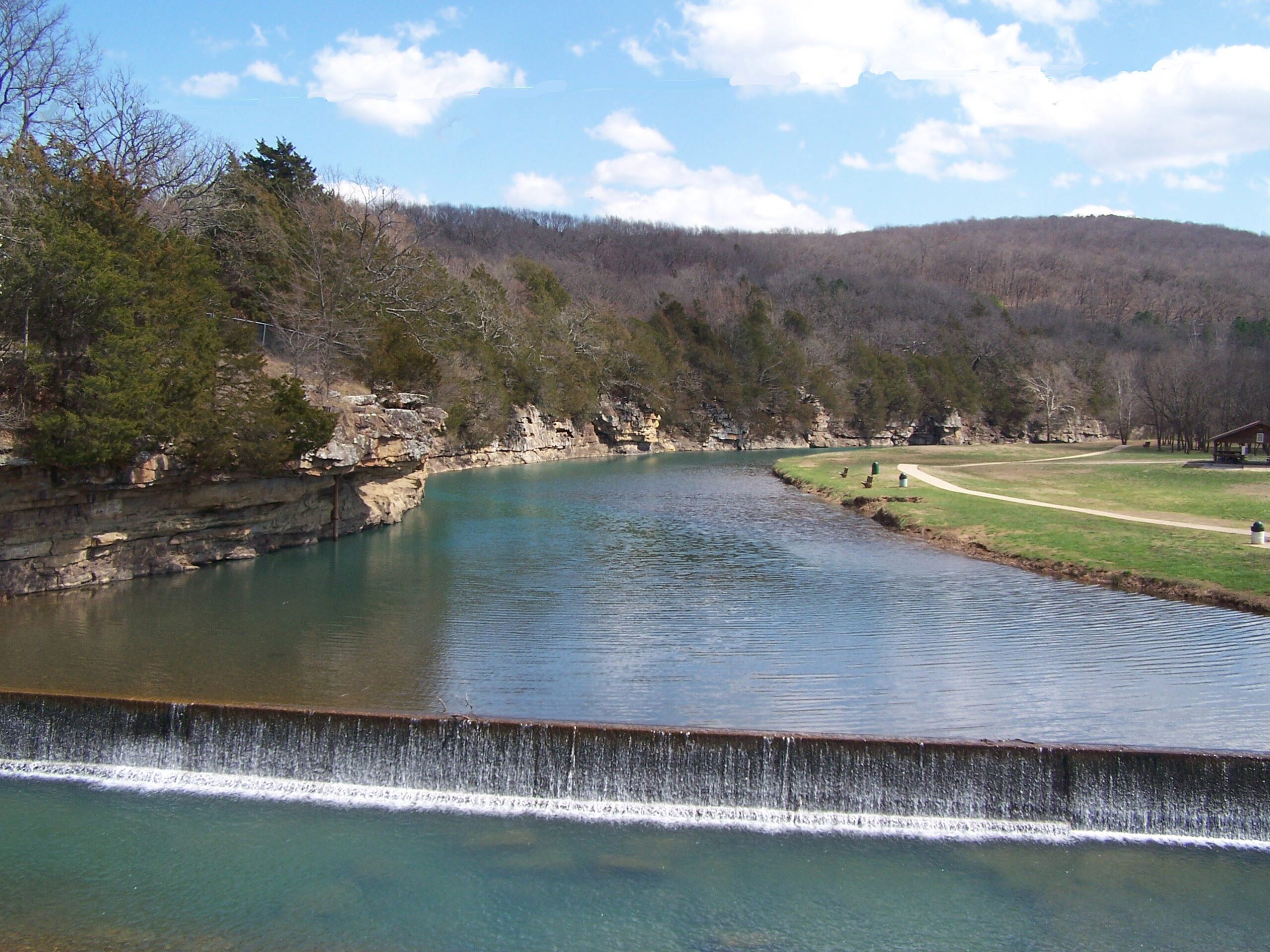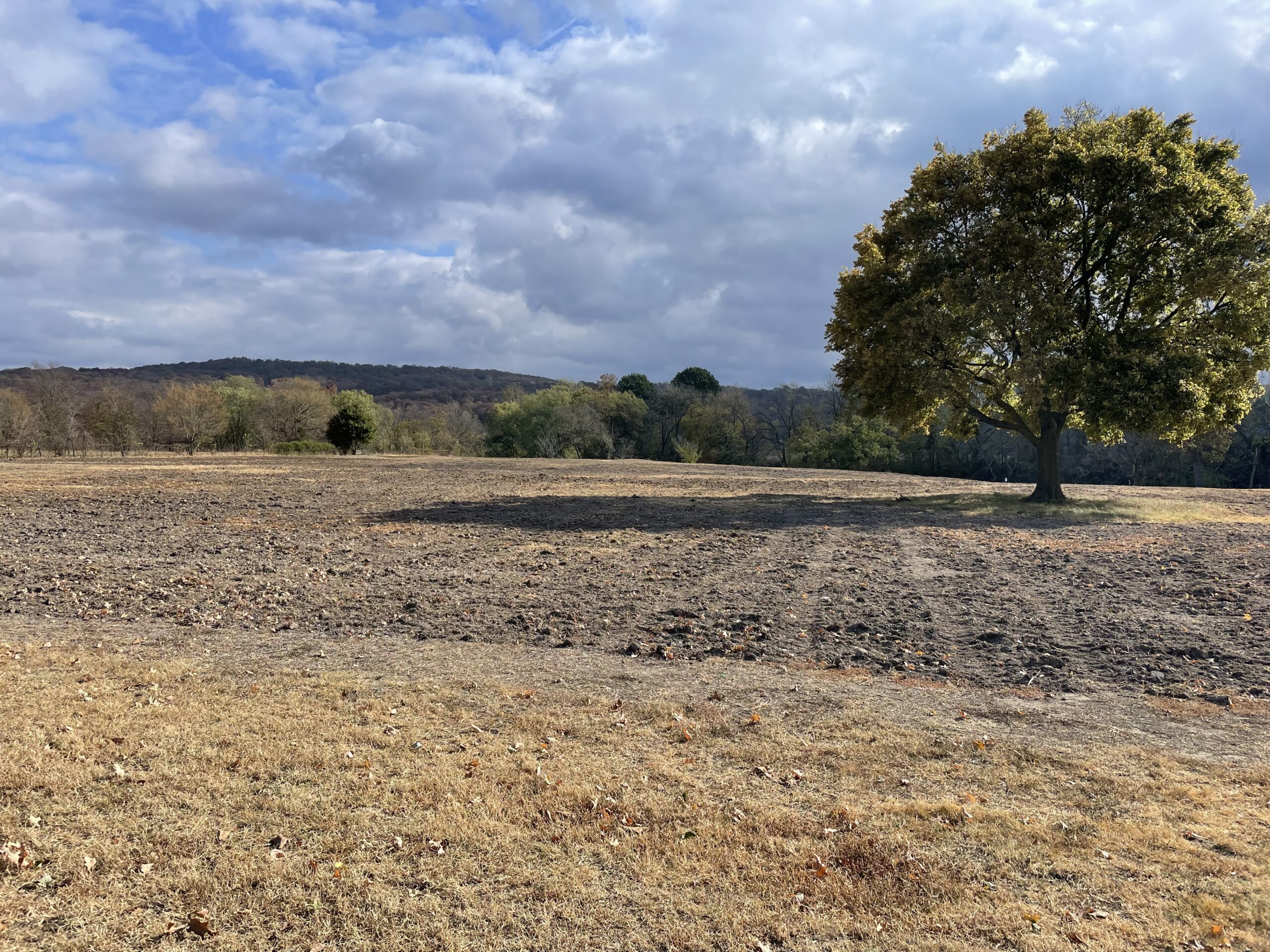Secchi Day on Beaver Lake: Bridging the Gap Between Source and Tap
Submitted by Matthew Rich, Environmental Specialist with Beaver Water District (November 1, 2024)
Understanding the source of one’s drinking water is crucial in maintaining that resource for future generations. Without public buy-in, protecting source water against degradation would not be possible. Beaver Water District (BWD), the wholesale drinking water supplier to more than 375,000 commercial and residential customers in Northwest Arkansas (NWA), does not own nor maintain a distribution network. Instead, the four major cities of Bentonville, Rogers, Springdale, and Fayetteville purchase drinking water from BWD to distribute and sell to their customers through each city’s independent distribution network. Because commercial and residential water bills are not paid to BWD, residents of NWA may not understand the link between source water and tap water.
To garner support from the citizens of NWA towards preserving a safe drinking water source, in 2006 BWD initiated a citizen science outreach program entitled ‘Secchi Day on Beaver Lake.’ With this citizen science program, we aim to educate the public about the source of their drinking water. Secchi Day is a citizen science engagement day, always held on the third Saturday of August, that asks volunteers to go out on Beaver Lake to collect water clarity measurements using a Secchi Disc and collect two bottles of lake water for chemical and biological analysis.
The Secchi Disc, invented in 1865 by an Italian Astronomer and Jesuit Priest named Angelo Secchi, is used world-wide to measure water clarity in lakes and reservoirs. Secchi depth is a measure of water clarity that involves lowering an 8” black and white disc into the water and recording the maximum depth in which the black and white pattern can be distinguished from above the water’s surface. The depth indicated by the marks on the rope is known as the Secchi Depth.
The water samples that are collected are brought back to our water quality lab at BWD and analyzed for chlorophyll-a as well as total nitrogen and total phosphorus. Chlorophyll-a is the green pigment in plants that is used as a bioindicator of algae, while nitrogen and phosphorus are the nutrients that fuel algal growth.

Figure 1: Secchi Day sampling sites
On August 17, 2024, BWD held its 19th Annual Secchi Day on Beaver Lake. A total of 34 on-lake volunteer teams comprised of 95 Citizen Scientists were dispatched from one of four launch sites: Lost Bridge, Rocky Branch, Prairie Creek, and Hickory Creek. Teams sampled 35 sites (Figure 1) along the 55-mile transect that stretches from the Highway 45 bridge over the White River to Beaver Dam. Outfitted with a Secchi Disc, two 1-liter bottles, GPS coordinates, and data sheets, volunteers were asked to measure Secchi depths at two different sites and to collect two water samples per site just below the surface at both sites. To minimize sampler error, each of the 35 lake sampling sites was sampled in duplicate by different sampling teams. This resulted in 140 1-liter sample bottles that were analyzed in our lab.

Figure 2: Secchi Depths ranged from 0.5m near the Highway 412 bridge to 4.8m at Beaver Dam.
Secchi depths ranged from 0.5 meters near the Highway 412 bridge to nearly 5 meters at Beaver Dam (Figure 2). Chlorophyll-a concentrations ranged from 39 µg/L (micrograms per liter or parts per million) in the headwaters area of the lake to 1.7 µg/L near the Beaver Dam. Results indicate that in the headwaters areas of the lake, Secchi depth (i.e., water clarity) was low while chlorophyll-a concentrations were high. Conversely, as one travels toward the dam, Secchi depths increase as chlorophyll-a is decreased (Figure 3).

Figure 3: Secchi depth and chlorophyll-a are inversely correlated as one travels from headwaters to the dam in Beaver Lake.
If you would like to view the full Secchi Day data report, it can be viewed at https://www.bwdh2o.org/water-data/secchi-day-reports/
If you would like more information about volunteering for Secchi Day, please email Matthew Rich at mrich@bwdh2o.org.












